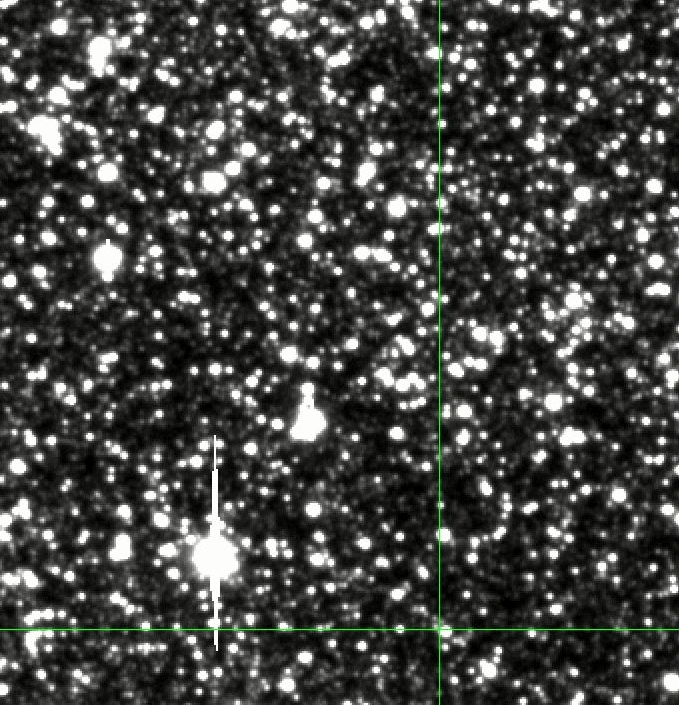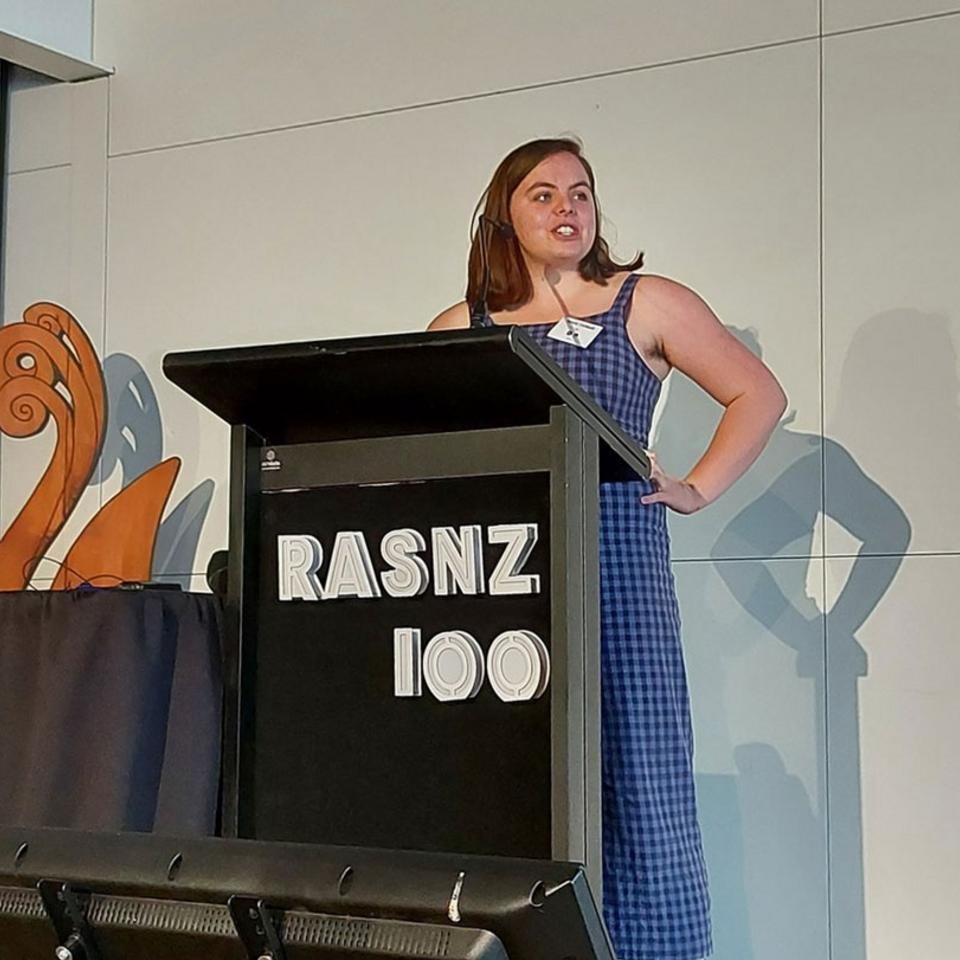Amelia Cordwell is contributing her data science skills at Dragonfly before heading to England on a Cambridge-Rutherford Memorial PhD scholarship.
She finished an honours degree at the University of Auckland in 2020 but decided to defer her PhD because of the Covid-19 pandemic.
“I wanted to be in a non-academic environment for a while. I’d heard about Dragonfly when I was working as a software developer and really liked the company. People were doing cool science but were outside the academic system.”
Amelia began a software engineering degree at the University of Auckland while working part time as a software developer at Catalyst IT.
“I realised I really loved physics and the physics way of seeing the world, so I switched around my degree. Physics uses the same language, rules and repeating information structures to describe quite different effects like a spring moving up and down, a pendulum’s motion or two molecules interacting. I think that’s really neat.”
Her honours project was in observational astronomy using a set of images from the MOA telescope in Tekapō.
“I’ve always thought of space as really fascinating as it’s the largest scale where you have all those rules interacting.
The MOA dataset was on old tape drives that Amelia had to review using image-processing software. She says the data gathering and processing felt very much like grinding through the machinery of science.
“I took that database and calculated the orbits of the asteroids in a field. It sounds simple but we were looking at really dense star fields. That made it difficult to tell the difference in brightness between an asteroid and an adjacent star. And then there’s cloud and turbulence that can create fuzzy images.”
She was able to get good results for about 30 different asteroids as a part of the pilot study. These included a “lovely curve” of asteroid brightness and a sinusoidal curve that showed how they were rotating.

“Asteroids don’t tend to be spherical. They are often oblong, so reflect different amounts of light as they rotate. We used that feature to find out their shape and how fast they are rotating. Instead of rotating nicely, one was doing this weird tumbling motion! It was exciting to think that I was the first person to know that about a real object out there in space.”
This work was published by the Royal Astronomical Society in March 2022.
Amelia will join the astrophysical fluid dynamics group at the University of Cambridge for her PhD in applied mathematics and theoretical physics.
“I’m going to look at planetary formation, which feels like many different fields combining. I’m excited to have the opportunity to be exposed to many people doing different research – I think there’s a lot of knowledge to be gained by this kind of interdisciplinary research.”
Read more about Amelia’s PhD research.
Top image: Amelia presenting her findings at the Royal Astronomical Society of New Zealand conference in 2021. Credit Jan Eldridge.


